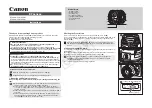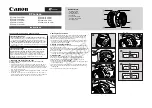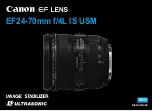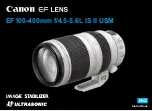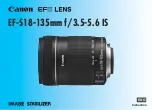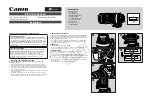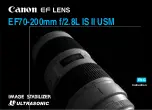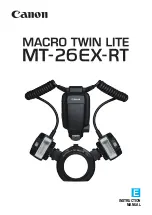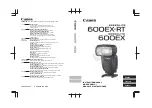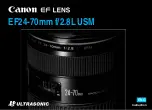
The Piranha XL Camera
•
61
CMOS TDI Pixel Array
Image feature has sideways component
as it moves across the pixels array
Image Motion
TDI Pixel Summing
Image
TDI pixel array skewed
with respect to image
Digital image will
appear smeared in
long axis of the sensor
Figure 21 Effects of Camera Skew
The camera mounting assembly should have a mechanism to minimize any skew between the
image motion and TDI summing direction.
For example, for 12 rows and no more than ¼ pixel movement along the long axis, skew will need
to be less than tan
-1
(0.25pixel/11spaces) = 0.6
°
.
Image Will Not Focus at Edges of Field of View.
If sharp focus can be achieved at the centre of the image but not at the edges, this may be due to
the camera’s optical axis not being perpendicular to the material surface in the scan direction. If
the optical axis is not perpendicular, then this will cause a parallax issue at the edges of the field of
view resulting in a component of image motion traveling in the long axis of the sensing array.
Object
Motion
Camera Not Perpendicular
to Object Surface
Row
#1
Row
#12
Longer Optical
Path Creates
Lower Magnification
Shorter Optical
Path Creates
Higher Magnification
Row
#1
Row
#12
Higher
Magnification
Lower
Magnification
Image has sideways component
as it moves across the pixels array
Digital image will
appear smeared in
long axis of the sensor
Camera Angle
Causes Parallax
End
Pixels
End
Pixels
No sideways
component as
image moves
across the
pixels array
Figure 22 Effects of Camera Tilt in Scan Direction
Though the Piranha camera only has a maximum of 12 rows, the tolerable angle that does not
cause a parallax issue is still quite small. For example, assume that a satisfactory image quality can
be achieved with ¼ pixel sideways motion at the end pixels and a 120 mm lens with magnification
of 0.5. This would require that the camera’s optical axis to be within ± 3.5
°
from perpendicular.



















